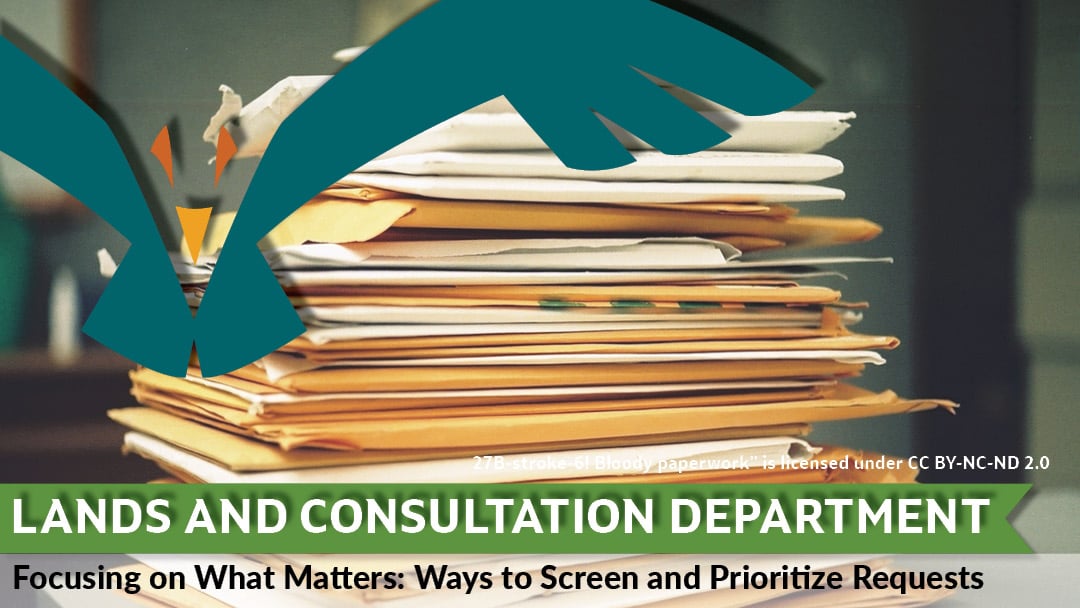
“Looking back on it, you don’t know what you’re missing because you don’t know what the opportunities are. That’s one of the challenges I think for any First Nation. You don’t know what you’re missing. And if you don’t have the right system, and the right experts, it will never be brought to your attention.” – Boyd Clark, Acting Band Manager, Acho Dene Koe First Nation
One of the key functions of a Lands and Consultation Department is to manage the constant influx of referrals, notifications, and requests for engagement. If your inbox is overflowing, you are not alone. But take heart! There are solutions that will help make sure you never miss a big economic opportunity or the chance to protect your lands and waters.
In this installment of our Lands and Consultation Department Development series, we tackle this most daunting issue with some examples of typical workflows, decision tools, and data management suggestions. Building a screening and prioritizing or “triage” system is the key to helping you dig your way out from under the pile of referrals. Good processes will help you become a more efficient and responsive Lands Department that has time and energy to focus on what matters most!
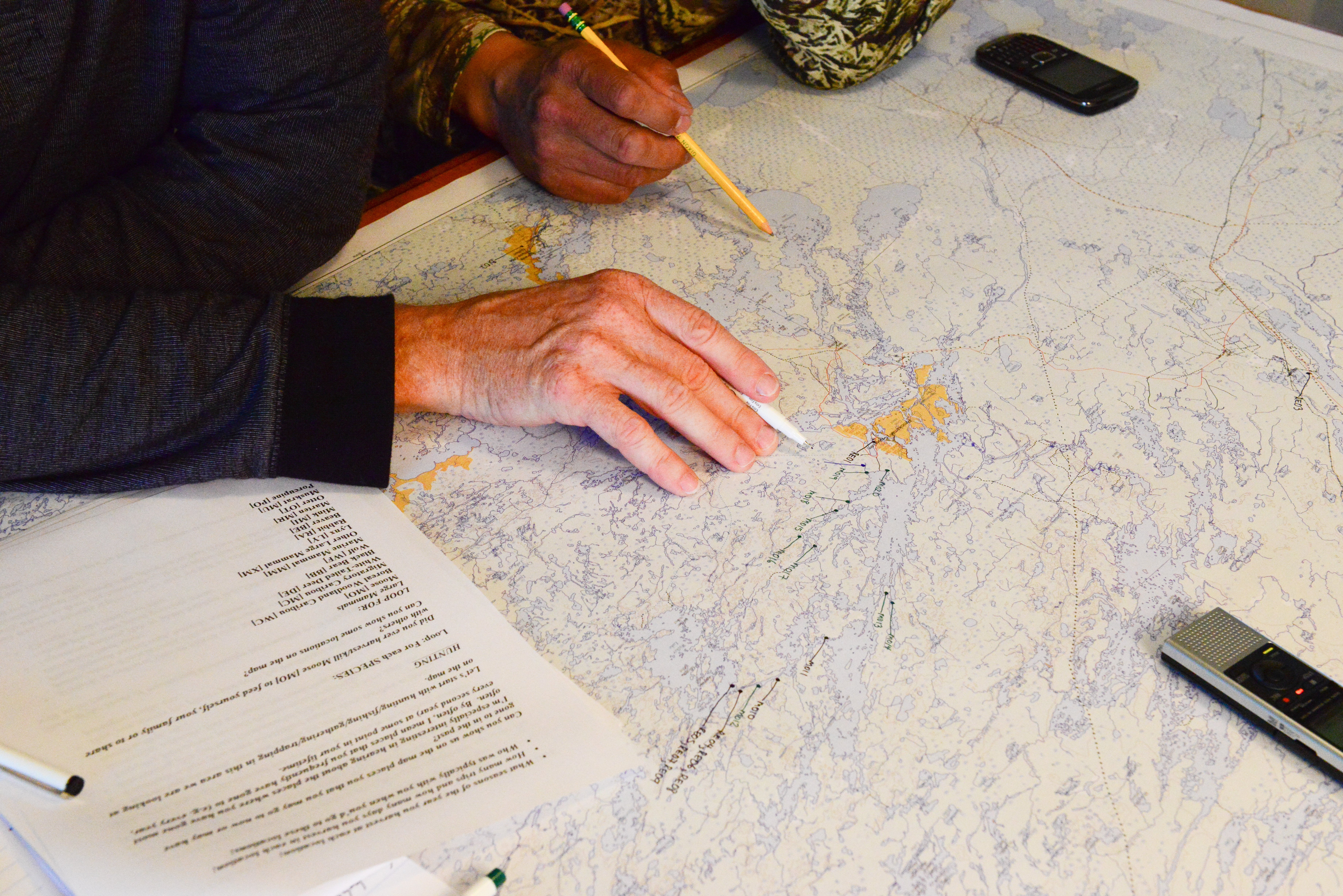
What are the Steps in a Screening and Referral Response?
“You can’t look at everything in depth — as you will never be able to keep up. The pile will only get bigger and bigger. You are not going to be able to review and respond on any given day and so you have to put systems in place to be able to manage that better or you aren’t going to get anywhere.” – Mark MacDougall, SVS
A Single Point of Contact
Before we even get to the process of screening or triaging incoming referrals, there is one system that needs to be in place first: a single, well-defined point of contact for anyone trying to send you their information. Usually, the best way to do this is to set up a dedicated Lands Department email that is prominently featured on your website as the single best way to get in touch with you. And it should be directed to someone who has the ability to respond in a timely way.
When this system isn’t in place, the result can be chaotic and frustrating, as Chief Christine Minnabarriet of Cooks’ Ferry Indian Band explains about life before her department set up their dedicated email:
“Dealing with all the referrals is a very generous statement, I think. They were incoming but because of the way that it was structured we didn’t see them all. Some would be diverted to a company dealing with technical requests for cultural resource management and a number would come to me through my Chief mail, band manager, or reception. There was never a collective spot for them to all go to then go though any sort of triage. Reports were coming in months after decisions were made. We got to a point where I was seeing reports for referrals eight months later and by then, it was a moot point.”
This made for an unsustainable and inefficient system for Cooks’ Ferry and served as the driving force behind the Nation creating their current Lands Department that is better able to triage and respond to referrals. Read all about Chief Minnabarriet’s story in our post on outsourcing lands department functions as part of a lands department development plan.
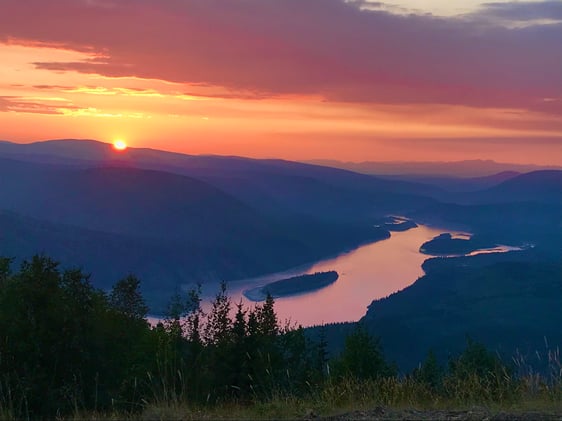
Step 1 - Triage: Prioritize Based on Importance and Urgency
“The variety of referrals that are coming in is enormous — logging, mining, spraying, everything down to someone wanting to build a dock, it’s everything. When you’re getting a significant amount, it’s a full-time job.” – Chief Christine Minnabarriet, Cook’s Ferry Indian Band
We often hear the word “triage” to refer to a hospital emergency room. The most urgent cases need to be dealt with first and given the majority of the attention but every case needs to be evaluated when it comes in the door. A heart attack takes precedence over a nosebleed — but both need attention to figure out what is really going on.
When it comes to screening or triaging incoming referrals, the system is essentially the same. Whatever lands in your inbox needs to be evaluated. According to Mark MacDougall, Lands Director at SVS, the referral triage system basically looks at two factors: importance and urgency. “The goal is to prioritize referrals that are of high importance to the community, typically in situations where a project footprint is going to directly impact your Traditional Territory and will likely have serious impacts on your Nation’s Rights or interests,” Mark explains. “This could mean a variety of things — a business interest, a community interest, a cultural or environmental interest, or something that has impacts to your strategic objectives.”
It makes sense to screen incoming referrals based on priority:
- High Priority: High priority are the projects that will have the greatest impact on your territory, Rights, and interests — a major mining development, for example.
- Low Priority: At the other end of spectrum are the low priority referrals. These are the things with no likely impacts on your Rights or interests or happening well outside your territory. Sometimes lands departments see notifications for something as small as the replacement of an existing culvert, for example.
- Medium Priority: And in the middle, we have those referrals of medium importance. There are more moderate in terms of urgency and really depend on the regulatory timeline that you’re given.
Some clients we work with have gotten more detailed about the factors for what makes referrals a priority or not. These include factors such as:
- Specific kinds of environmental risks
- Proximity to reserve lands
- Potential for economic benefits and participation in development
- Proximity to important traditional use and cultural heritage areas
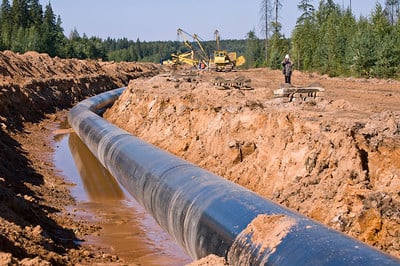 Photo: "construction of the gas pipeline" by npcaonline is licensed under CC BY 2.0
Photo: "construction of the gas pipeline" by npcaonline is licensed under CC BY 2.0
Engaging Early is Best — for Both the Environment and Economic Opportunity
Just like in the emergency room, it’s always best to treat concerns as early as possible. Proponents are increasingly seeing the light and are engaging with Indigenous Nations at the pre-planning phase of a project, which is ideal, and another reason you won’t want to miss these requests as they come into your inbox.
“There’s a lot of development in our area and these projects are going to go regardless if we want it or not,” comments Derek Archibald, Deputy Chief of Taykwa Tagamou Cree Nation. “We’re better off to meet with the proponent early in the project and assist them with the development so they mitigate as much environmental risk as possible. We help guide them in how to work better with First Nations in the area.”
As we’ve mentioned in other posts, Taykwa Tagamou has robust economic development plans.
Meeting with proponents early also increases the opportunities for true partnerships with industry — on the terms of the First Nation.
Another comment on the connections between the Lands Department and economic development potential comes from Boyd Clark, Acting Band Manager, Acho Dene Koe First Nation:
“My comment to anybody that’s looking at setting up a lands office is that it’s important to have that economic development office as well, and it's important that they that they are separate of each other. But they need to communicate with each other, and leadership has to have a pulse on each of them so that there isn’t mixed messaging going out to government and industry, because that can damaged opportunities. They have to be in synch, really.”
Real-life Example of a Triage Matrix from Acho Dene Koe First Nation
“The goal of triage is to be very quick and efficient with making initial decisions about priorities.” – Mark McDougall
One simple method for triaging incoming referrals and managing the flow of data is with a decision matrix. Shown here is the decision matrix used by Acho Dene First Nation, generously shared with their permission. It could easily be adapted for use by any Nation with just a few tweaks to suit your circumstances. You’ll note that it is particularly complex because the Nation’s territory crosses three jurisdictions.
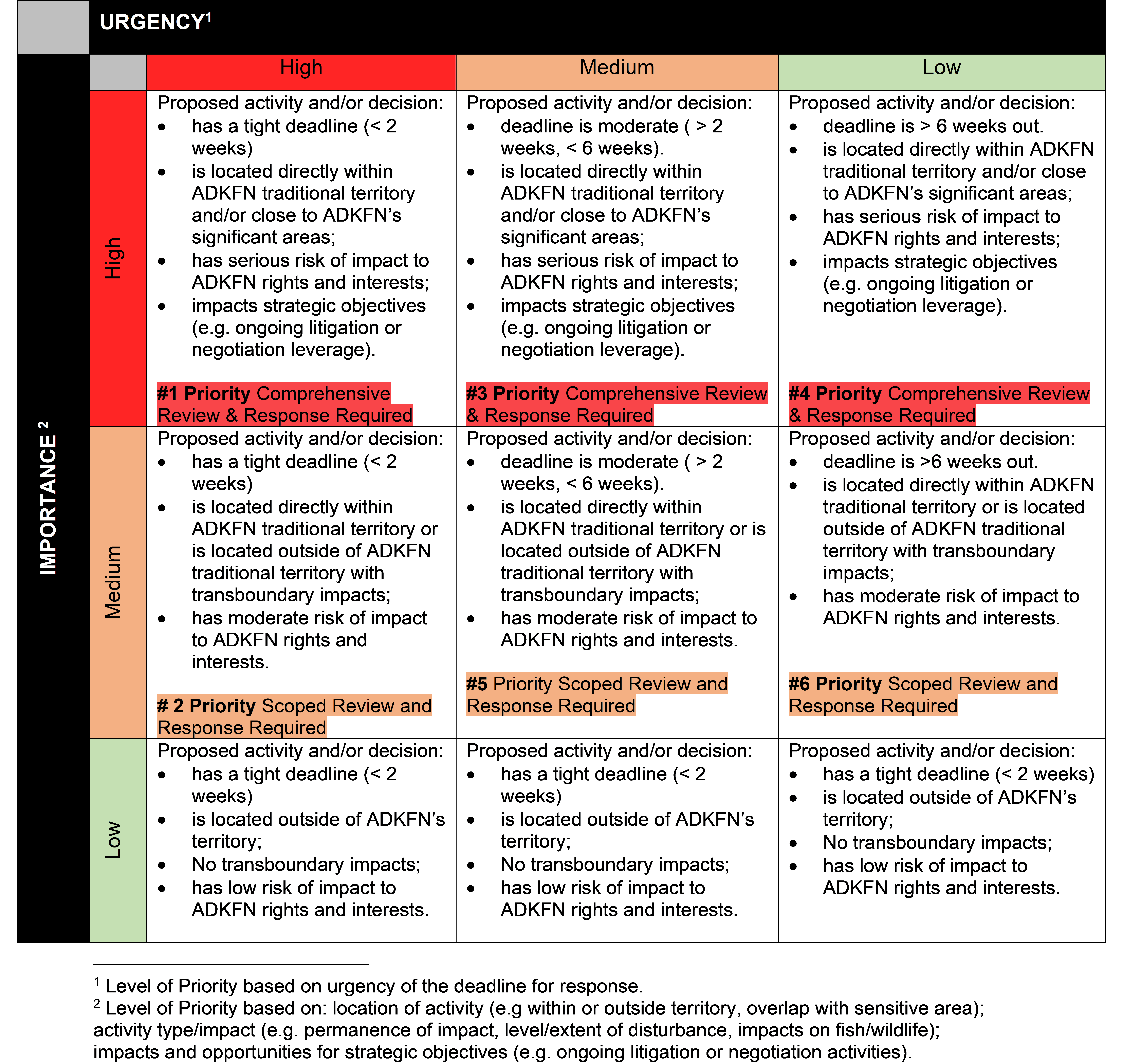
Decision matrices and other screening tools help to take the guess work out of managing referrals. A consistent process is applied to all incoming requests that allows for them to be quickly analyzed, assigned a degree of priority, and addressed accordingly. The type of response that a referral receives depends on where it falls in the matrix. For instance, no response may be needed if a referral comes in for something that falls way outside of your Nation’s territory, a form letter can be sent for low priority referrals, and high priority referrals with the greatest potential for impact can be quickly identified and addressed appropriately.
Derek Archibald speaks about the benefits Taykwa Tagamou has experienced by outsourcing this screening work to a team (SVS in their case) who can monitor incoming emails and help with triage so that the referrals that need to be responded to are caught in a timely manner:
“Having someone flag incoming referrals — “okay, this is a big one” — really helps us to focus. You know, not worrying about a culvert or something, but catching those major ones, like a mine,” says Derek.
A subsequent post in this series addresses some other factors to consider in outsourcing Lands Department activities — stay tuned.
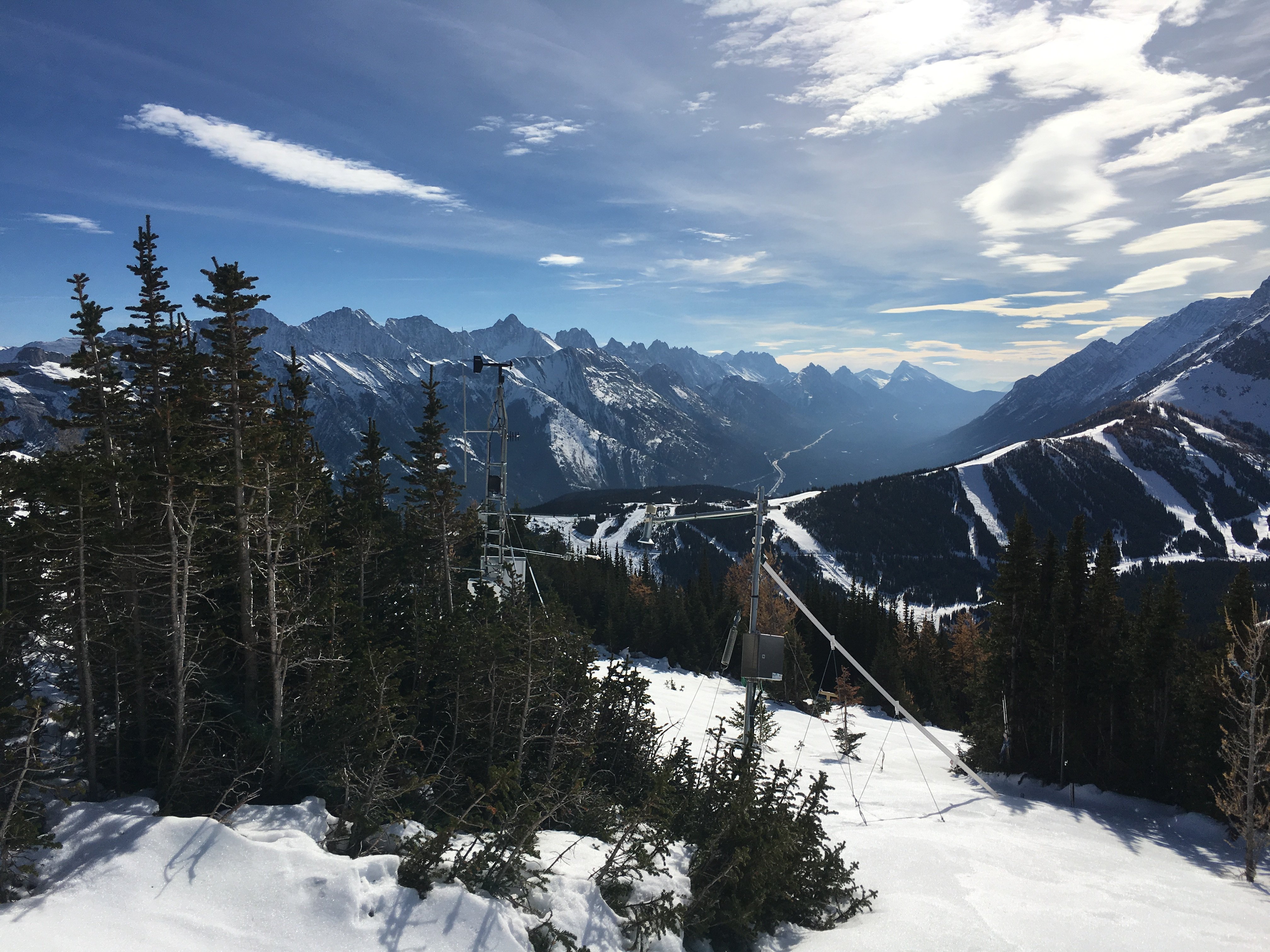
Whose Responsibility is it to do the Screening?
In our post that explains the typical structure of a lands department, we talk about roles and responsibilities. The beginning of the screening process usually falls to the Lands Coordinator (sometimes called the Lands Clerk or similar). Mark MacDougall explains the screening process in a typical lands department: “A few times a week — or daily if the department is busy – the Lands Coordinator will check the Lands inbox to see whether there are any referrals. These could be from a regulator or from the proponent themselves. The Lands Coordinator will apply the set of screening criteria to sort the referrals by priority and required response. The Lands Coordinator will also capture all the information that is within the referral, so this can be things like maps or project plans.” The Lands Coordinator uses tracking mechanisms and data management tools to keep track of incoming referrals, document the triage scores (high/medium/low), and keep tabs on upcoming due dates. Date management will be further explained below.
In some cases, the Lands Manager or possibly the Lands Director needs to provide guidance if there is not a clear-cut result in the screening process.
.png?width=695&name=MicrosoftTeams-image%20(16).png)
Step 2: Draft the Response
“For referrals that have been deemed high priority, the Lands Coordinator will package up the referral information, a timeline will be determined, any necessary meetings with consultants or other subject-matter experts will be set, and an internal deadline will be set for review by other members of the Lands Department,” Mark continues. The next step is for the appropriate technical experts to review the referral and help develop a response. This is often where SVS’s team comes in particularly handy — we have a full team of experts in lands and environmental matters to draw on.
The response will depend on the goals of your Nation for the project being proposed. Sometimes it’s worth sending a response even if you have limited interest in the project to assert your Nation’s territory and ensure you’re included by that proponent or regulator in the future. If you show you are actively participating in a consistent way, you are signaling to government and proponents that they need to pay attention to your concerns. A typical response outlines the specifics of what concerns you when it comes to what you have heard about a project and requests further follow up and usually more information.
After you’ve drafted your response, it will then be passed on to the decision-makers, Chief and Council and possibly the Band Manager, for final sign off. “In contentious files, it may need to go to either a legal review, economic development advisor, or other advisors within the Band for additional inputs,” says Mark. In some cases, Council may also wish to delegate authority to the Lands Director to sign off on responses that are of a lower importance, so leadership’s time is better spent on oversight of high risk/high importance responses.
Throughout the process, a good system with clear communication at all points helps keep those who need to know, in the know about the most important projects happening on their lands.
“I think a goal for me personally is, if a community member walks up to me and asks about what’s going on with a project, like that they’re drilling in an area, that I could be able to pull out an answer. I want to keep everyone informed, especially Council, because they’re not always involved in everything,” Derek Archibald comments.
Step 3: Send the Response and Manage the Follow-up
 Sending that initial response is just the beginning — you may have follow-up responses or there may be additional steps in the process you may need to participate in. “So, in order to have a sound product [referral response] and stay on top of all these things, because once you engage, then it’s not just a one-way conversation,” comments Chief Minnabarriet. “When you send a letter out, you need to stay on top of it because if you have concerns and you voice them, and then they respond, you need to be able to carry that conversation on.”
Sending that initial response is just the beginning — you may have follow-up responses or there may be additional steps in the process you may need to participate in. “So, in order to have a sound product [referral response] and stay on top of all these things, because once you engage, then it’s not just a one-way conversation,” comments Chief Minnabarriet. “When you send a letter out, you need to stay on top of it because if you have concerns and you voice them, and then they respond, you need to be able to carry that conversation on.”
Having the right tools in one place to manage referrals and keep track of all the active files is essential for a busy Lands Department. Derek Archibald explains the benefits of the referral screening and tracking information management system his Nation is in the process of setting up:
“I don’t know if it’s been fully implemented, but I know it definitely will help. It’ll keep us really organized. We’re excited to use it. It will help us make better informed decisions because everything is centralized. It will also help Council stay informed because these projects are always moving through the regulatory system. It will give us the full insight as to where the project is at and what’s going on with it. Trying to keep track of, like, 100 permits and trying to remember case numbers is impossible.”
Data Management Tools
You can use any number of existing software tools to help keep track of your active files. It doesn’t have to be complicated. Here at SVS, we’ve used Excel-based spreadsheets to track incoming referrals and responses. We have also piloted more integrated custom software solutions that provide a single window into all the tools you need to manage and make available consultation information. We call it a Consultation Tracker. Several of our clients are using these customized solutions to manage information for their lands and consultation departments, including Acho Dene Koe First Nation. We have also seen the added value of being able to respond to referrals when the referral data management system can be integrated with GIS and TK values that have been collected and mapped by the Nation. Stay tuned — we will be profiling our software solutions for lands and consultation information management in a future blog post!
Read more about the Lands and Consultation Department Support Services that SVS offers here.
Get the FREE eBook here:
Get more posts like this directly to your inbox! Sign up for our bi-weekly funding, news and information digest:
About Us: Shared Value Solutions
We are an Canadian B Corp, and we assist Indigenous communities with support throughout regulatory processes surrounding major development projects like mines, hydroelectric facilities, transmission lines, highway expansions, oil and gas pipelines, natural resource transport applications and nuclear power.
We have deep context and experience behind the recommendations we provide, having worked for our clients on almost every major project in Canada over the last 10 years. For us, it’s all about building long-term relationships with our clients. We want to get to know you and what you want to do so we can help you move your plans forward.
- Impact Benefit Agreement Negotiation Support
- Technical Reviews and Regulatory Process Support
- Community and Economic Development Planning
- Indigenous Knowledge and Land Use Studies
- Environmental Monitoring
- Guardians Program Development
- Climate Change Readiness
- GIS and Mapping
- And so much more: www.sharedvaluesolutions.com


